COVID-19 has a lot of people staying home these days, and self-isolating. For those gamers who have been fortunate enough to be self-isolating with a partner who also plays games there are many games out there built just for two, from light fillers like Jaipur, Lost Cities, and so on, to meatier fare such as Memoir ’44, Twilight Struggle, or Star Wars Rebellion. In many parts of the world, governments are now easing restrictions on social gatherings, so for some of us, larger board game sessions once again become an option.
Conventions and gaming clubs aren’t back yet, and if you’re like me and my wife, you aren’t comfortable with getting a group of friends together and heading to a game cafe, but you’re still craving more than head to head game play. We have recently opened our social bubble to another gaming couple and that got me thinking about games for four. Not everyone has the luxury of a game collection that can have a dedicated two-player section on top of a variety of larger player count games, so for all the people out there like us, who are slowly and cautiously expanding our social activities, I present a selection of games that are just as good for two players as they are for four.
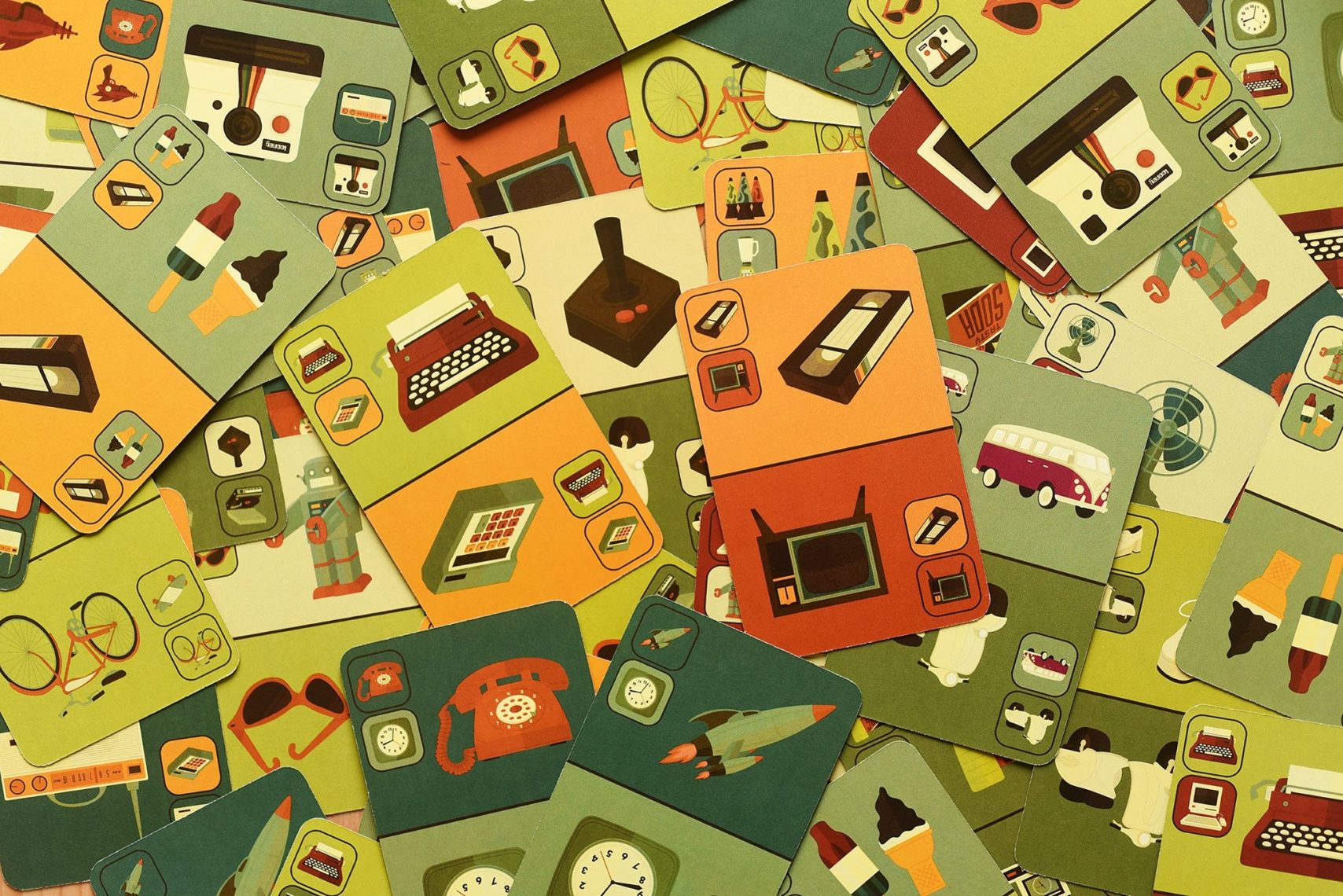
Having a wide range of player counts for a game is in the publisher’s best interests, as it opens up the game to a wider range of potential buyers, but any experienced gamer can tell you that just because a game plays 2-10 people, that doesn’t mean the two and the ten are having the same amount of fun.
Publishers often over estimate the working player range of games, but occasionally they under estimate it, too. The party guessing game Concept is a perfect example of this. The stated player range is three to eight players, but in my experience, it works great as a two player co-operative experience, as well as a four player team-based competitive game.
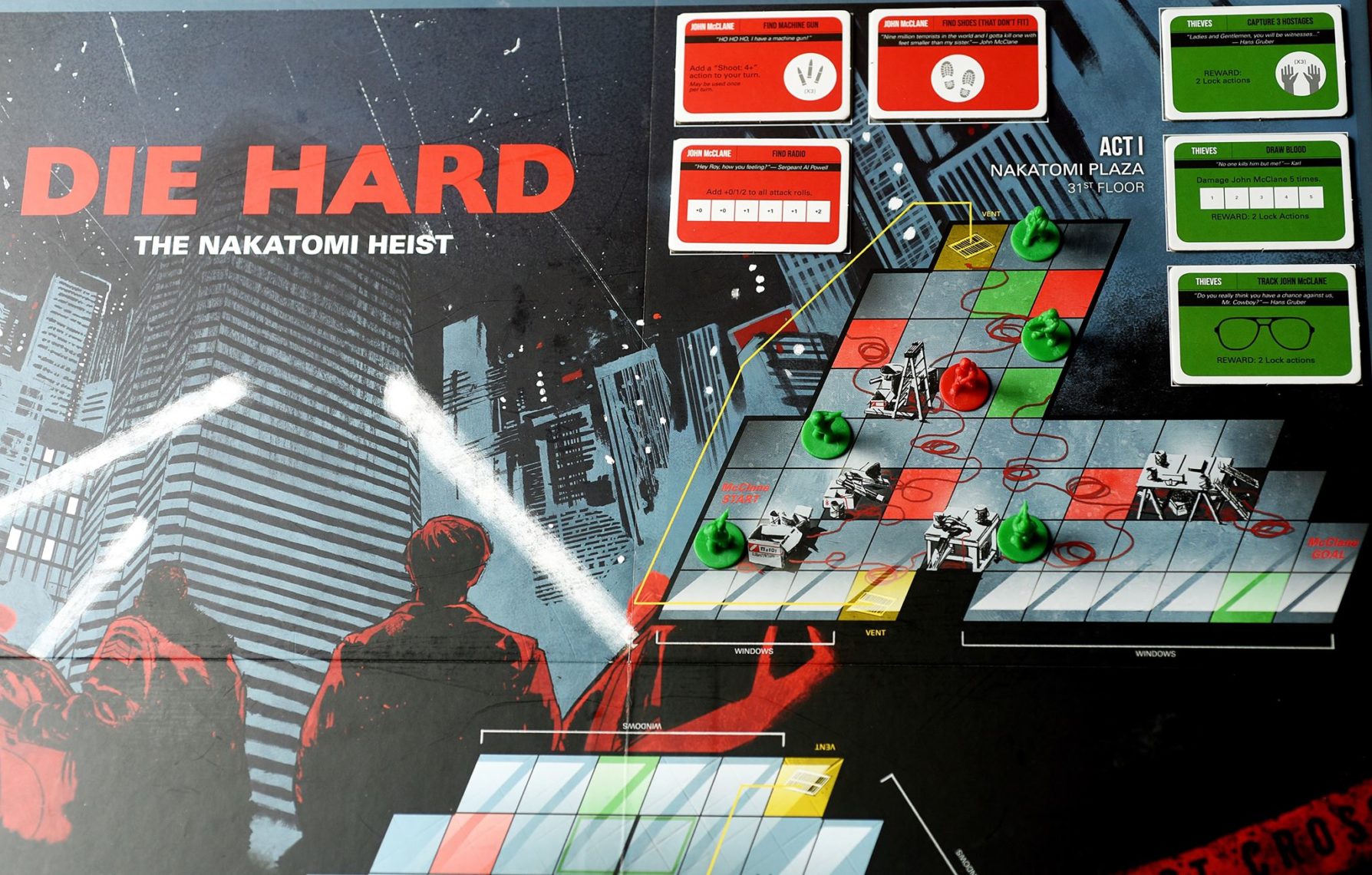
The cool thing about a one vs many game, such as Jaws, or Fury of Dracula, is while the game experience is different at various player counts, they tend to still work well as both head to head play and group play. This isn’t a blanket principle, however. Die Hard: the Nakatomi Heist Game, has slight rule variations depending on whether there are one, two, or three players working as the Gruber Gang, and the game experience is truly at its best with a full compliment of players.
The Holy Trinity of introductory Euro games is Ticket to Ride, Carcassonne, and Catan. Catan has a minimum player count of three, and home-brewed variants be damned, it is not a game for two people. The other two, however, manage to scale well at all player counts from two to five. Ticket to Ride changes the rules about double tracks depending on player count, to ensure that no matter how many players you have, there will be a tense battle for the tracks on the board. Carcassonne doesn’t rely on any rule changes for player counts, its rules just work for any number of players.
There are many more recent introductory games that fit the mandate of this article. The entire Azul family of games, by Michael Kiesling are built for 2-4 players, and they make each player count work by simply increasing the number of factories (and thus tiles to choose from) that are used. Azul, Azul: Windows of Sintra, and Azul: Summer Pavilion are three different games all built around the same core mechanic of drafting tiles from a common pool, for use on your private board. Personally I recommend the original, but some people prefer Windows, or Pavilion, so your mileage may vary.
Century: Spice Road by Emmerson Matsuuchi is a great head-to-head engine-building game of spice trading, but it also works very nicely at player counts up to five. The only difference to game play at higher player counts, is it gets harder to get the cards you want, but that is made up for by the fact that more cards become available and there will be more spices to collect from the cards that other players paid to avoid.
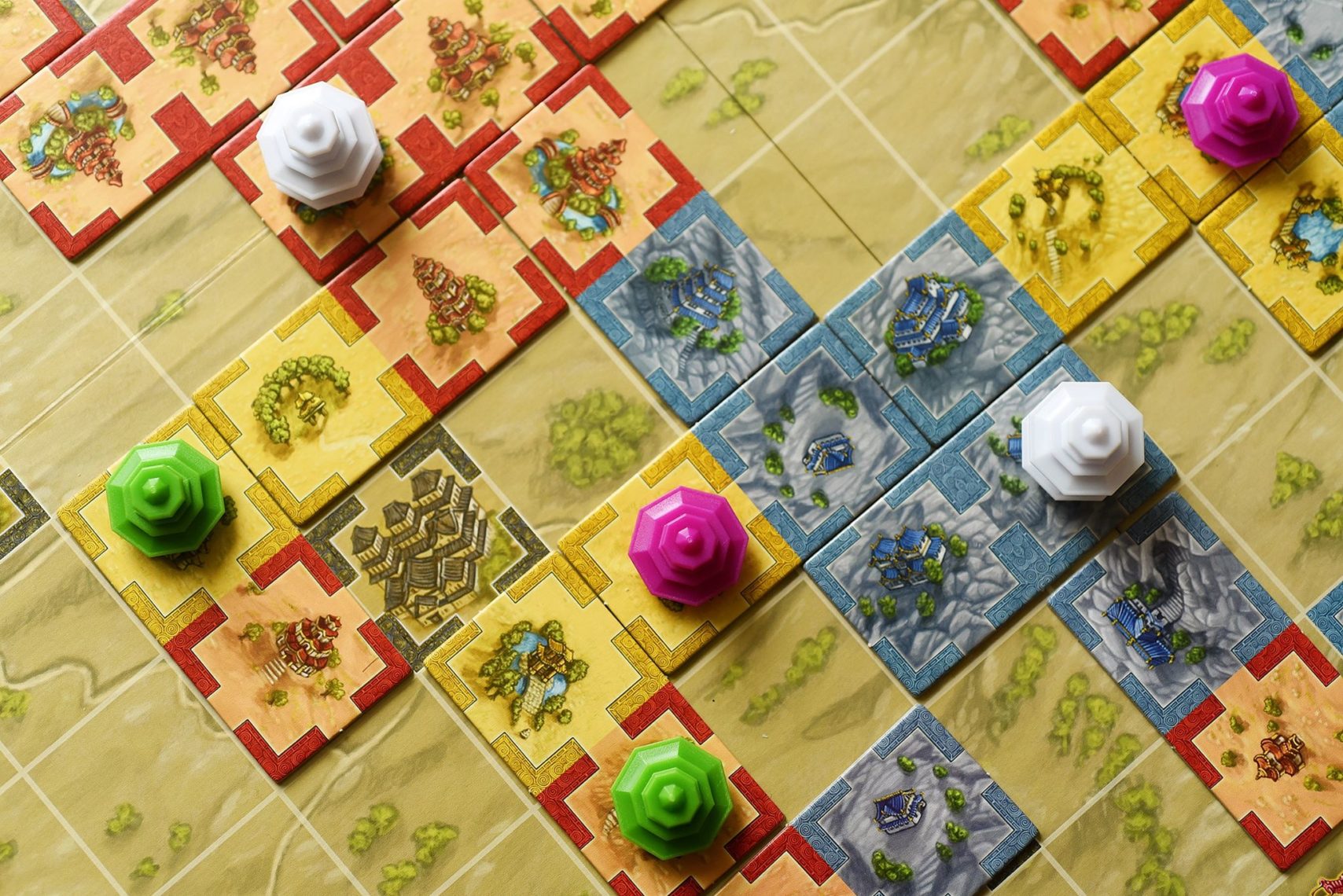
Reiner Knizia’s Qin is a fine abstract area control game that plays equally well at anywhere from two to four players. Players use rectangular tiles to fill in a square grid, vying to get all their control markers on the board first, by creating regions of colour on the grid. The only changes made to accommodate different player counts, is you have more control markers per player at lower player counts.
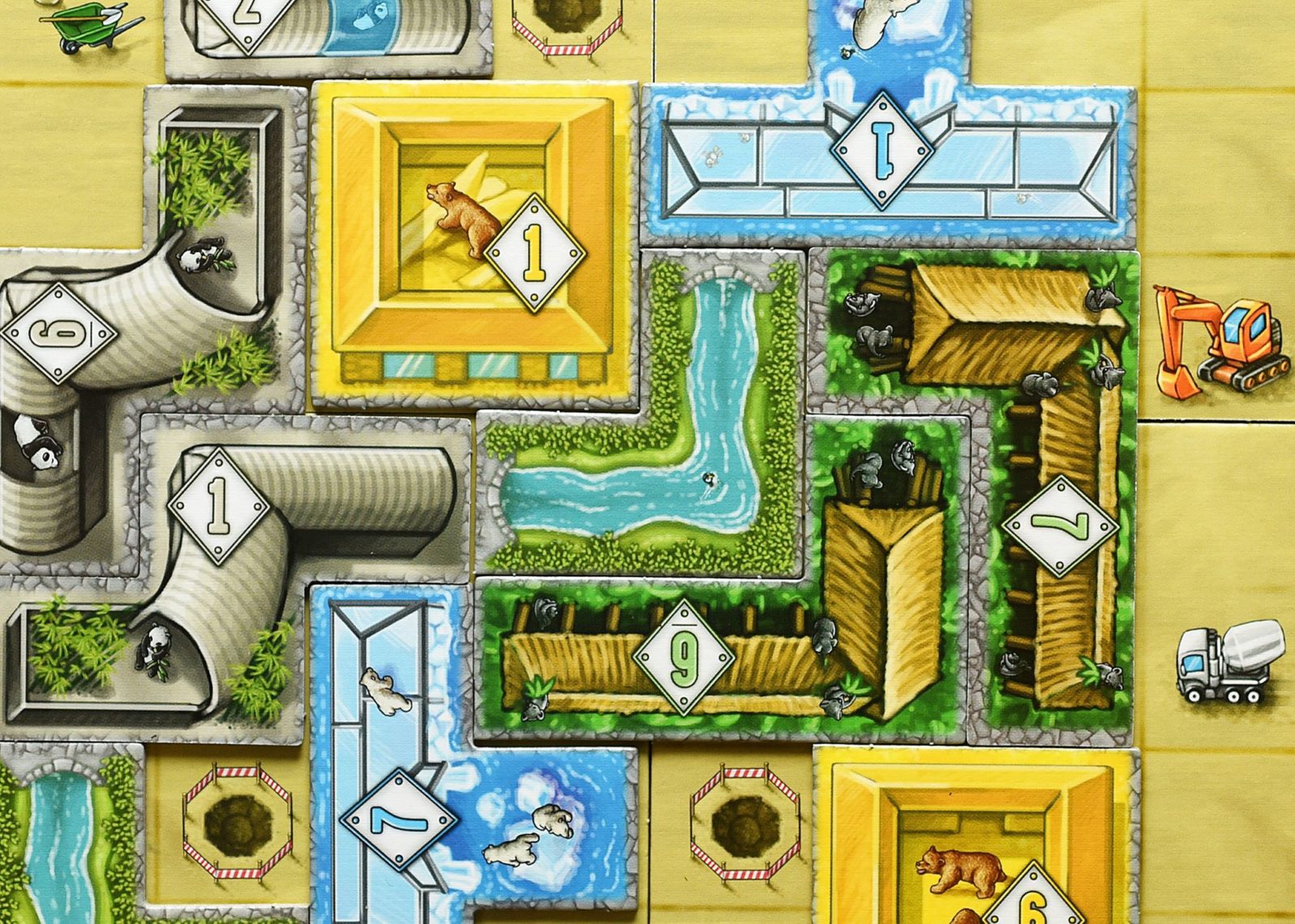
Barenpark by Phil Walker-Harding, is a game of building bear habitats in a zoo, and it works delightfully for two to four players. Like the Azul family, Barenpark increases the number of tiles available as the player count increases.
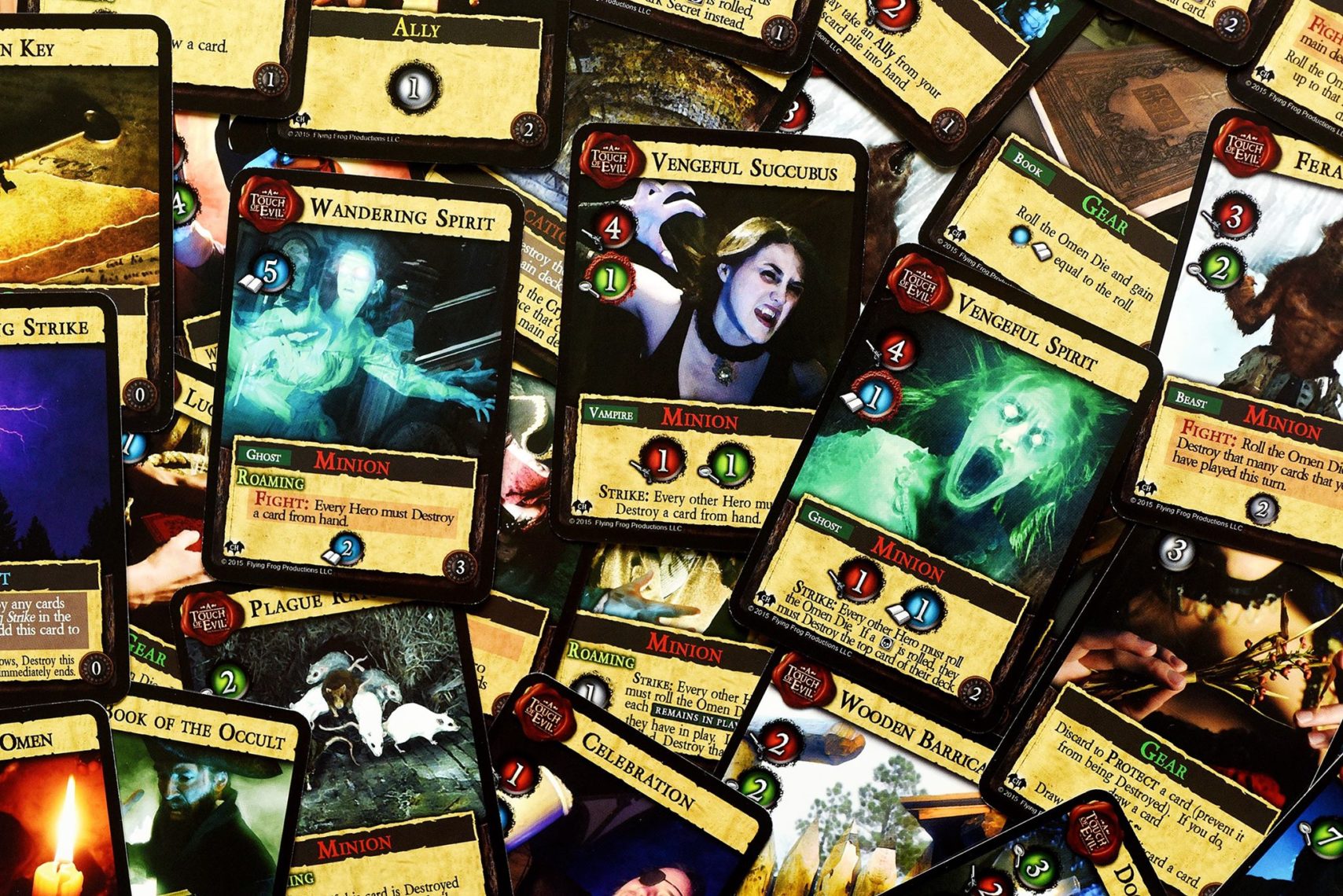
Most co-operative games work just as well with two as they do with four. The Grizzled and Samurai Spirit stand out for me as ones that don’t work very well for two, as they rely on things your neighbour has for game play, and Five Minute Dungeon requires special rules adaptations to make it work for two, but in general, co-ops fit the premise. Pandemic is by far the most successful co-op game in history, but others you might want to try include Menara, Avengers Infinity War: Rise of Thanos, and Dark Gothic (this one has co-op and competitive modes for more game pay variation).
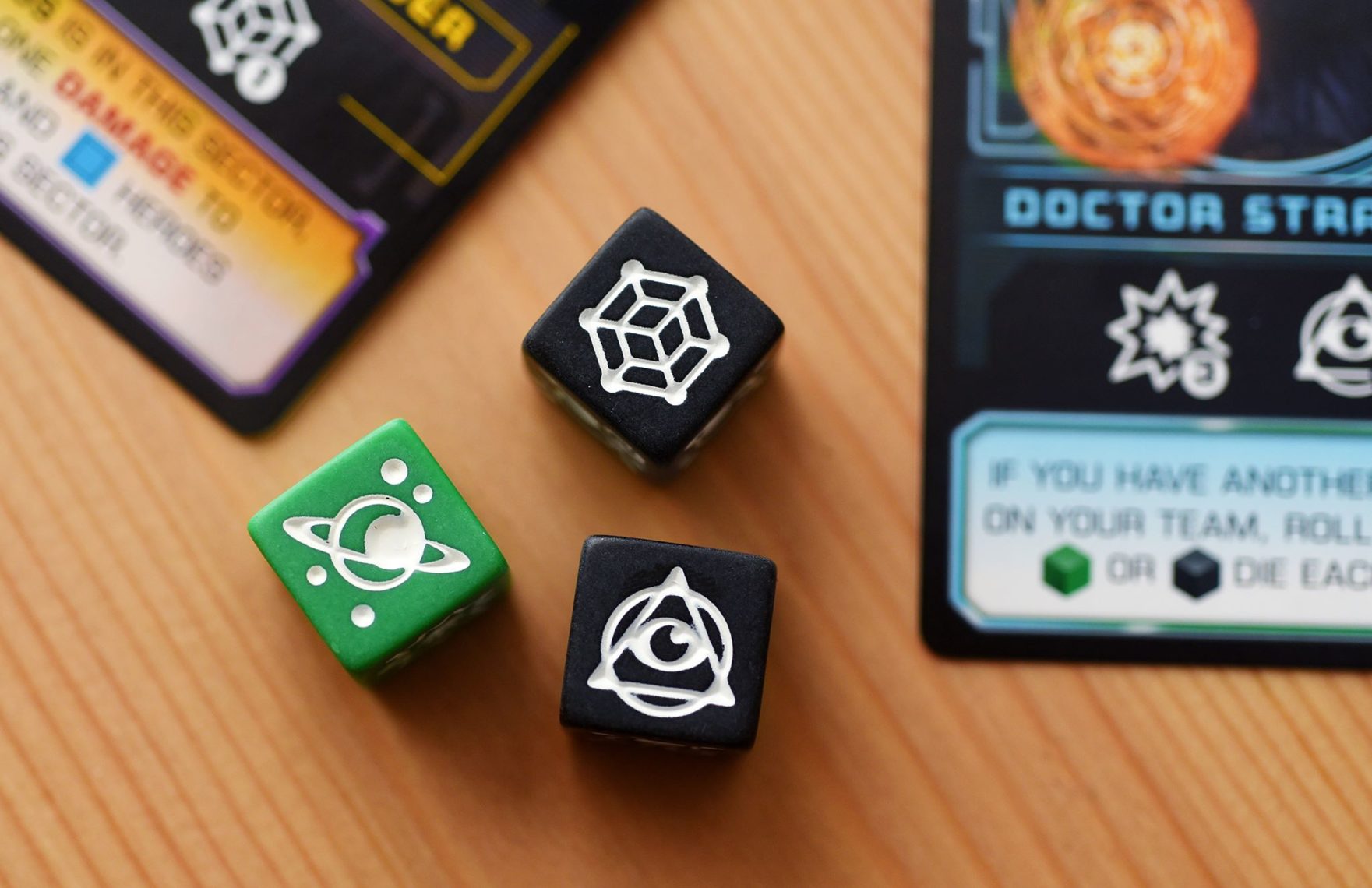

Many dexterity games, whether stacking or speed-based, are perfect for two to four players. I’ve talked about Menara and Tokyo Highway in another article, and they absolutely fit the bill here, as well. Jacques Zhimet specializes in reflex games, and his classic Ghost Blitz is perfect for two to four. Other speed games like Spot it! and Loonacy are great for these player counts, too. Rhino Hero Super Battle is a stacking game for two to four.
While far from an exhaustive list, if you’re looking to start a COVID-compatible game collection for you and a small group of gamers, these games make a great starting place. If you already have a collection but want to expand it, these titles will ensure that your new acquisitions will be just as good for you and your partner, as they will be for you two plus another couple.
Stay home. Stay healthy. Stay gaming.
Comments
No comments yet! Be the first!